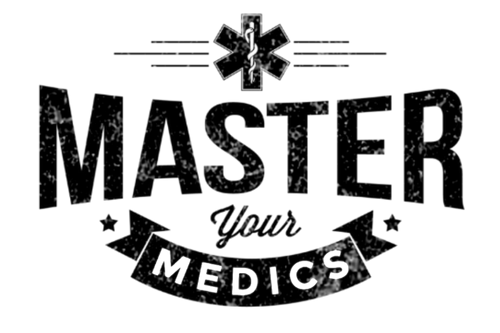
Textbooks are required for most every class. But who actually reads them entirely? Many students only read sections that are given for assignments, ignoring the rest. As a result, the whole picture is not being taken into consideration, leaving holes in your studying and learning potential for the course. Effective textbook reading is essential for success as a student, so do not skimp on what you read!
Most of us (even those who love to read) are not fans of textbook reading but understanding how to read a textbook effectively is vital for student success.
Textbooks are not written to entertain. The goal of a course textbook is merely to educate and inform through explanations of information. Because textbooks are not written with the same goal as a fictional novel, you need to have a different reading strategy. Below you will find an extremely helpful tip on how to get the most from your textbook reading.
Read Textbooks Backwards
Although it is counter-intuitive, reading a textbook backwards can help you to absorb more information from the chapter than you may otherwise when reading from front to back. This doesn’t mean you open up to the very last page of the book and start there. You should still read through the chapters in order, but start at the back of chapter one when beginning to read a textbook. Here’s how:
- Read the questions at the end first, answering them to the best of your ability.
- Read the final summary at the end of the chapter to give you a general idea of what the main points are in the chapter.
- Read the headings and subdivisions within the chapter.
- Read the introduction at the beginning of the chapter.
Once you have completed steps 1 through 4, you are ready to begin reading the chapter from the front to the back. This helps you to better connect the ideas found in the chapter while preventing information from getting lost in boredom.
